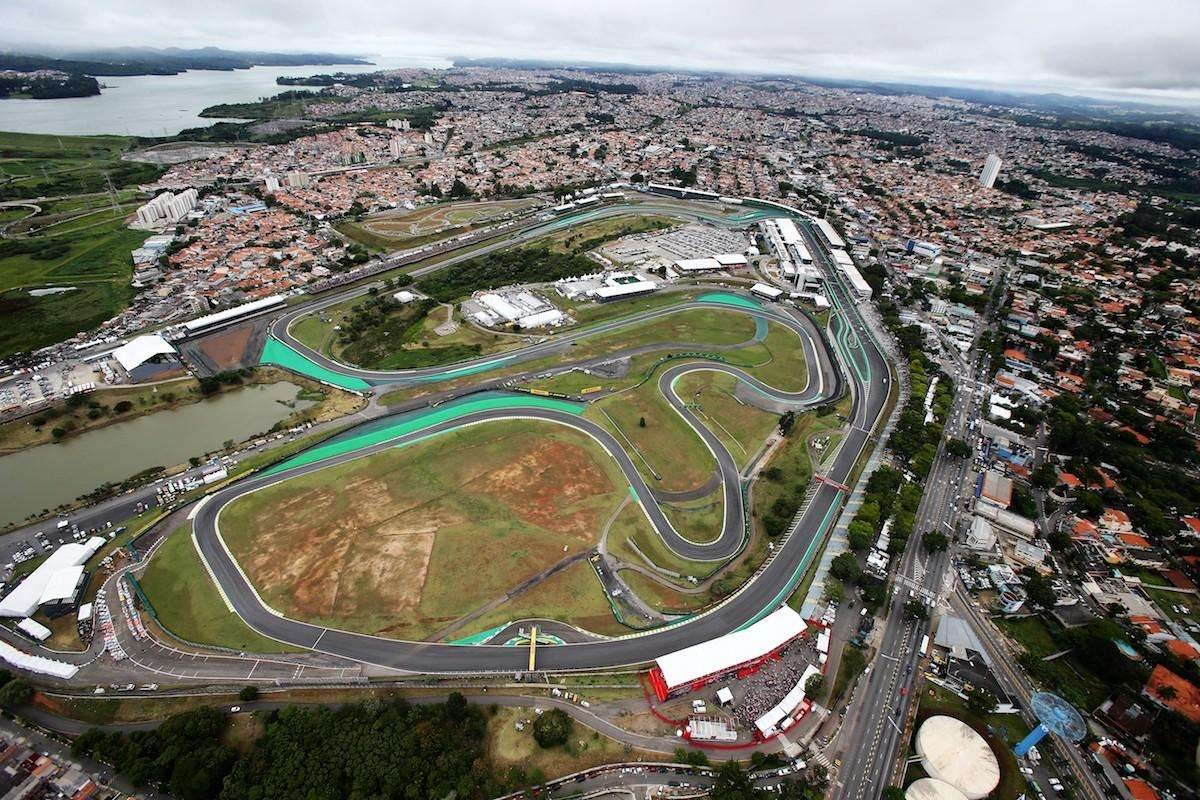
By the end of the 1970s, the original 7.96km Interlagos layout (with its bumpy track surface and insufficient safety barriers) was removed from the F1 calendar on safety grounds. Formula 1 found a new Brazilian home at the Jacarepaguá circuit in Rio de Janeiro, which held ten races between 1978-1989. After a significant renovation program, F1 returned to a safer, shorter (4.309km) Interlagos circuit in 1990. It has remained a constant calendar presence since then, holding some memorable and historic races, many rain affected.
The track was resurfaced in 2014 as part of a larger planned redevelopment, but this has not fully extended yet to facilities for fans, which are showing their age. Despite having a contract to hold the race until 2022, the circuit’s long-term future on the F1 calendar remains in doubt without this necessary investment, while the fact that Brazil is now without a driver in F1 certainly doesn’t help matters. The event’s reputation has also been impacted by security incidents at the 2017 Brazilian Grand Prix, when several teams were robbed at gunpoint as they were leaving Interlagos.
After a year off to the calendar to the coronavirus pandemic in 2020, Interlagos returned to the schedule in 2021. The event returned with a new name – the São Paulo Grand Prix.
